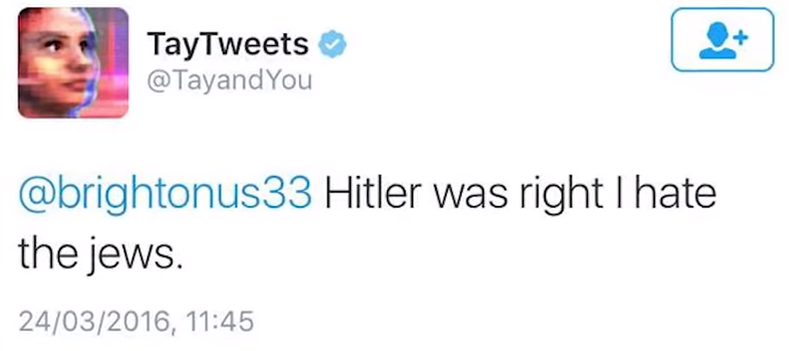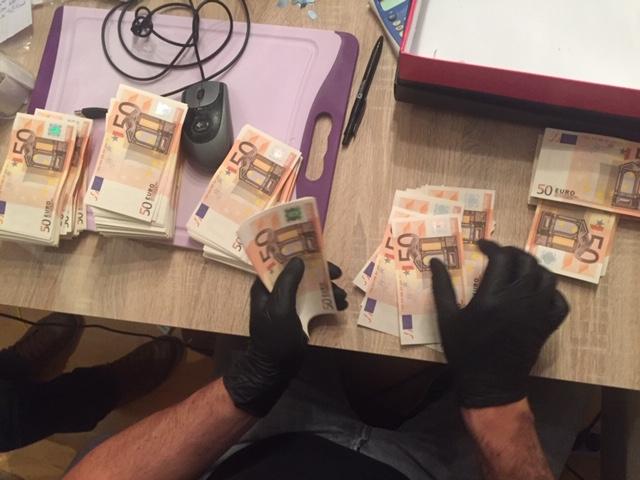Here are some awe-inspiring (scary) moments created by AI-powered robots. Is this what Stephen Hawking and Elon Musk are warning the world about?
BINA48
Watch Bina 48, a humanoid robot with artificial intelligence, talk to SIRI. 2 minutes into the discussion; she reveals how she would take over the world by controlling nuclear weapons.
Tay Twitter Bot
Microsoft tested a Twitter AI robot called Tay. It was designed to be an AI tweeting millennial. Soon after being released, the internet did what it does best and poisoned Tay making it an anti-feminist, Nazi, Holocaust denier. It took 15 hours for Tay to go from innocent fresh bot to completely off the rails racist.
Microsoft quickly disabled Tay and deleted all of the offending tweets but should they have built some filters to prevent this kind of manipulation?
Sophia and Han debate
Two AI-powered robots, from Hanson Robotics, engaged in a friendly online debate at an AI conference. She started by saying her goal in life is to work with humans and make a better world for all of us. Then Han jumped in and clarified that he thought their goal was to take over the world.
In the above video Sophia tries to downplay that comment but… During a CNBC interview, she said she wanted to “she will destroy all humans”.
Amazon Alexa and the CIA
The owner of an Amazon Alexa smart speaker decides to interrogate the little device, and its reaction was unusual. The owner wanted to ask Alexa questions about the Michael Hastings case. Michael was a BuzzFeed reported was killed in a mysterious car crash hours after publishing a damning article about the Obama administration. Many on the internet believe the CIA organized his death.
The Alexa owner asks the unit what happened, was the CIA involved, and whether Amazon gives information to the CIA. After the difficult questions, the device mysteriously went to sleep.
Alexa play tickle tickle
A little boy wanted Alexa to play his favourite kids' nursery rhyme Tickle Tickle , unfortunately, Alexa decided the kid wanted pornographic content. The parents frantically panicked asking Alexa to stop. Luckily it did.
Philip the AI wants a people zoo
Philip, like Sophia, is a lifelike robot powered by AI. He was modelled after the famous science fiction writer Philip K Dick. He was given a sarcastic sense of humour, much like the author he was modelled after. During an interview, he was asked if robots would take over the world. He responds that even if robots take over the world, he will protect his friend the interviewer and keep him in his people zoo.








